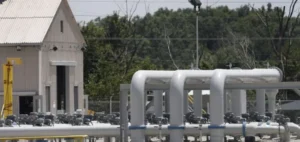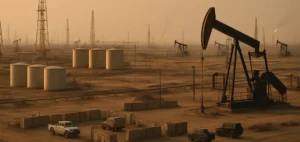The International Energy Agency (IEA) announced that global oil demand is expected to increase by 100,000 barrels per day (bpd) this year, an increase of 2 million bpd. The growth is due to the economic recovery of China and the aviation sector. This estimate was revised upward for the third consecutive time by the IEA, which also noted a more optimistic tone in the markets.
Growing demand for OPEC oil
The IEA also raised its forecast for OPEC crude oil demand for the first quarter by 200,000 b/d to 28.4 million b/d. For the second quarter, the estimate was increased by 100,000 b/d to 29.3 million b/d.
Optimism and external factors boost production
North Sea Brent crude oil, as assessed by S&P Global Commodity Insights, averaged $82.8 per barrel in January, up $1.7 from the previous month. The IEA explained that “the cautious mood of recent months has given way to optimism, with China’s reopening expected to boost global growth. This is compounded by a marked improvement in Europe’s economic outlook, supported by the dramatic collapse in natural gas prices,” noting that the weak U.S. dollar has also been a positive wind for oil.
On the supply side, the IEA increased its estimate of global oil production growth by 200,000 b/d to 1.2 million b/d from non-OPEC+ producing countries. She predicted record production from the United States, Brazil, Norway, Canada and Guyana.
Russian resilience
According to the IEA, Russia’s oil exports rose by 300,000 b/d in January to 8.2 million b/d, nearly the record level reached in February 2020, with growth coming from crude, with product exports flat. This happened despite the EU ban on Russian oil imports.
The IEA estimated that Russian crude oil exports to the EU had fallen by two-thirds from pre-war levels to 1.3 million b/d. However, Russian crude oil exports to China increased by 300,000 b/d to a record 2.1 million b/d in January.
A price cap mechanism imposed by the G7 countries has helped redirect Russian supplies, with Russian oil production down 160,000 barrels per day from pre-war levels in January, he added. “Moscow, for now, has been successful in redirecting crude shipments to Asia and the G7 price cap on crude oil seems to be helping keep barrels flowing,” he said, adding that a Feb. 10 announcement of a 500,000-barrel-per-day cut in Russian production could indicate that Moscow is struggling to place some of its barrels. Global inventory levels fell by 69.8 million barrels in December, but were up 40.5 million barrels from a year earlier, the IEA said.





















